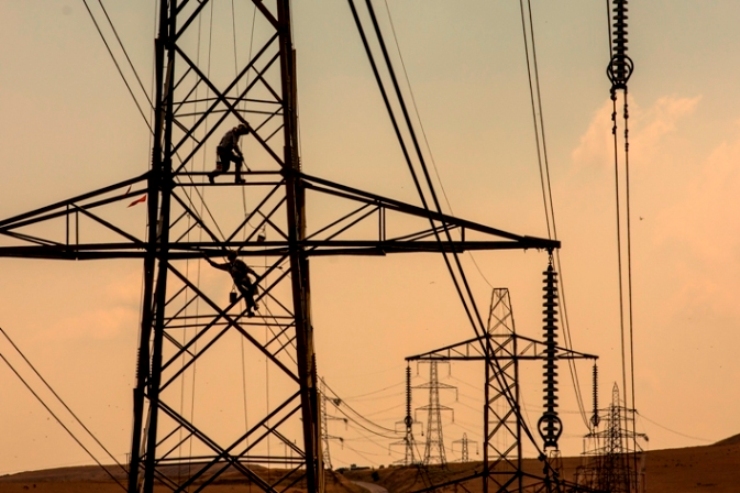Energy exchanges accounted for 49.3 per cent of India’s short term (ST) market in the early months of the current fiscal year, according to a presentation by Indian Energy Exchange (IEX).
The IEX presentation observed that India’s total electricity consumption stood at 501 billion kwh (BU) in the first four months (April to July) of ongoing fiscal year FY22. Of this, the short term (ST) market accounted for 13.2 per cent, while energy exchanges accounted for 6.5 per cent. This implies that the share of energy exchanges in the short term energy market was 49.3 per cent, in the given period.
This data for FY22 is only for the first four months and hence the overall picture for FY22 can potentially change as more data-months get added.
It is worth mentioning that the share of energy exchanges in the total electricity consumption has been steadily increasing over the recent past – from 3.2 per cent in FY16 to 6.3 per cent in FY21. (See table)

In the same period, the share of the ST market in overall electricity consumption has hovered in the band of 10.5 per cent to 11.5 per cent.
Broad components
During the first four months (April to July) of FY22, India’s total electricity consumption was 501 BU. Of this, 86.8 per cent was accounted for by long-term PPAs – of duration up to 25 years. The remaining 13.2 per cent constituted the short term market. This share of the ST market was broken down as bilateral & banking transactions (4.9 per cent), deviation settlement mechanism (1.8 per cent) and energy exchanges (6.5 per cent). It may be noted that the short term market represented by energy exchanges relates to contracts that of duration up to 11 days.
Also read: Power Exchanges Account For Half Of Short-Term Electricity Market: IEX
India vs developed countries
As indicated, the share of energy exchanges in total electricity consumption averages around 6 per cent in India. In developed countries, this metric ranges from 30 per cent to 80 per cent, implying that there exists tremendous potential for India to deepen its short term electricity market. This would of course be achieved primarily through energy exchanges. In the Nordpool (Nordic countries) energy exchanges account for as much as 91 per cent of the total electricity consumption. Some other notable examples are Germany (49 per cent share), UK (47 per cent), Belgium (23 per cent) and France (15 per cent).
IEX Performance
During the October-December quarter (Q3) of FY22, volumes on Indian Energy Exchange (IED) grew by 37 per cent year-on-year with 27.6 BU volumes traded versus 20.1 BU in Q3 of FY’21. The growth in volumes was driven by substantial increase in electricity consumption as well as resurgence of trading in REC’s and ESCERT’s. The Real-Time Market (RTM) continued to be one of the fastest-growing electricity market segments on IEX, achieving a growth of 70 per cent year-on-year with 4.8 BU of volumes traded during Q3 of FY22. The green market, including the day ahead and term ahead market, cumulatively traded 1.2 BU during Q3 of FY22. It contributed 5 per cent to overall electricity volumes. On the REC front, a total of 38.28 lakh certificates, and a total of 2.86 lakh Energy Saving Certificates traded during the quarter.



